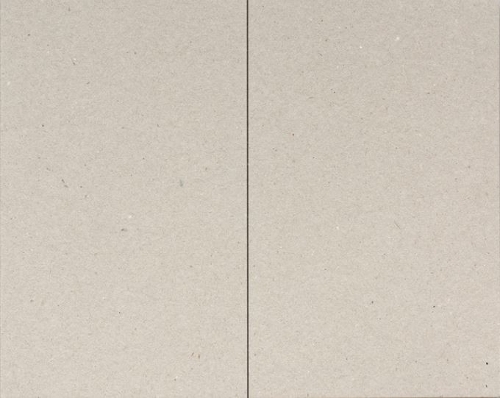
Simon Johnston: Meridian
(Hardback)
Publishing Details
Simon Johnston: Meridian
By (Author) Simon Johnston
Steidl Publishers
Steidl Verlag
15th September 2020
Germany
Classifications
General
Non Fiction
Individual photographers
779.092
Physical Properties
Hardback
40
Width 210mm, Height 265mm
310g
Description
The Meridian project is a series of large-format black and white photographs taken in England on the line of zero degrees longitude. Using GPS technology to establish accurate locations, Johnston photographed on this line from coast to coast, facing either due north or due south. A vertical fl uorescent orange line superimposed on the centre of the images represents the line of zero degrees longitude, transgressing the conventional purity of the picture plane, and mirroring how we superimpose a rational grid over the globe to regulate space, time, trade and navigation. Although a prime meridian was established at the Greenwich Observatory in London in the late eighteenth century, many other countries used their own prime meridians, to much confusion, and it was not until an International Meridian Conference in 1884 that Greenwich became the global Prime Meridian. Simon Johnston's cross-section portrait of a country explores how time is measured, the Prime Meridian being the international dateline from which all other time zones are calculated. These images depict the span of history, from ancient churches to industrial buildings, as well as various forms of transportation, by road, rail, air and sea.
Author Bio
Simon Johnston is an English photographer, artist and designer based in Los Angeles. Educated at Bath Academy of Art in England and the Kunstgewerbeschule in Basel, in 1984 he co-founded the London design studio 8vo and the typographic journal Octavo. Relocating to California in 1989, Johnston currently divides his time between art, design and education. His solo exhibitions include "Subject/Verb/Object" at the University of California at Davis and "Indefinite Articles" at The American Cement Building in Los Angeles. Johnston is a professor and director of print at Art Center College of Design in Pasadena. His last photographic book, the self-published Unsigned, features empty sign structures.
